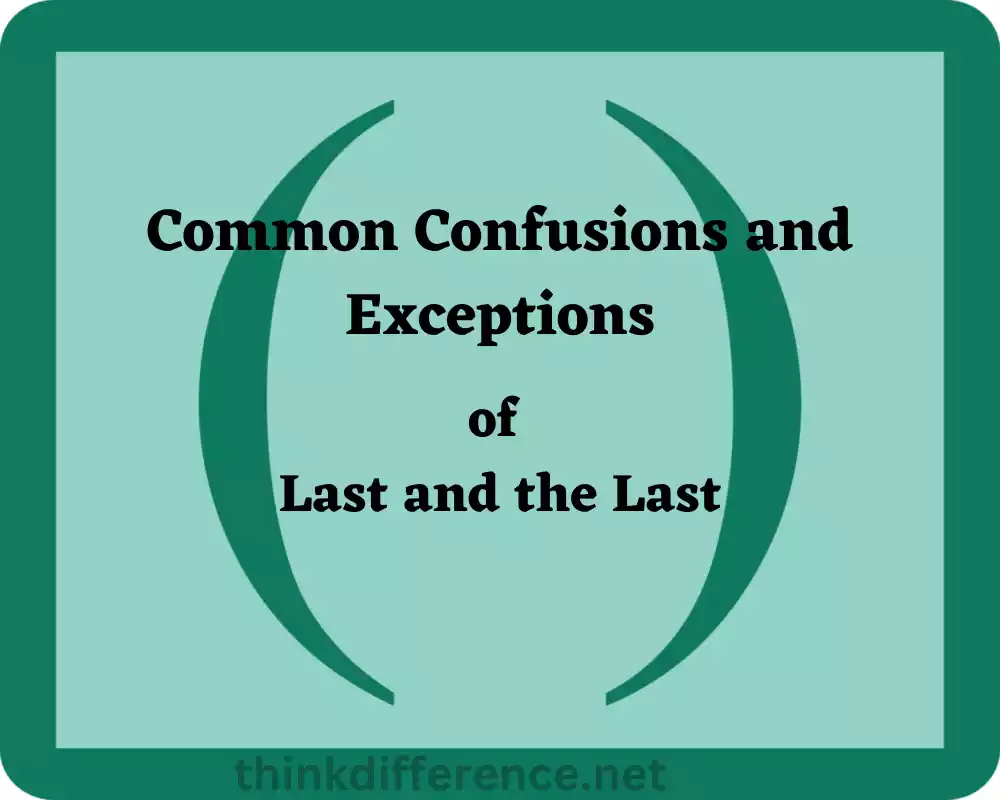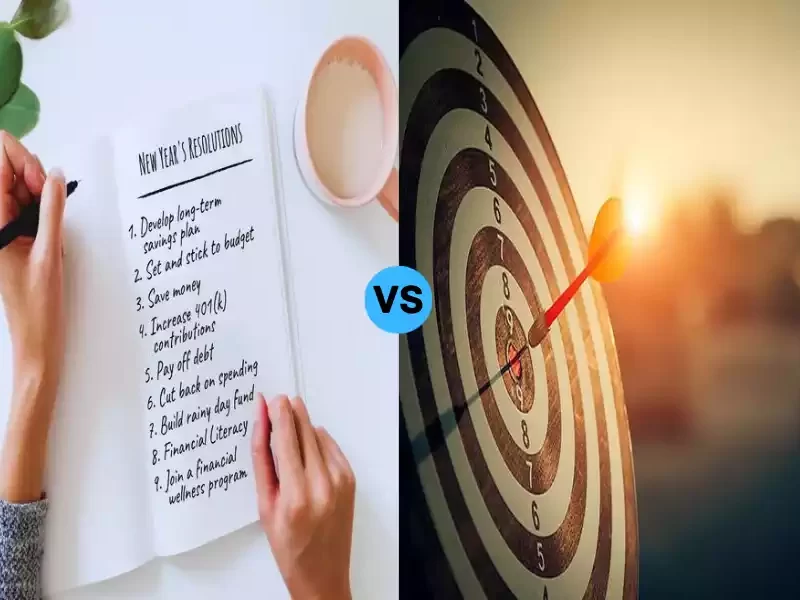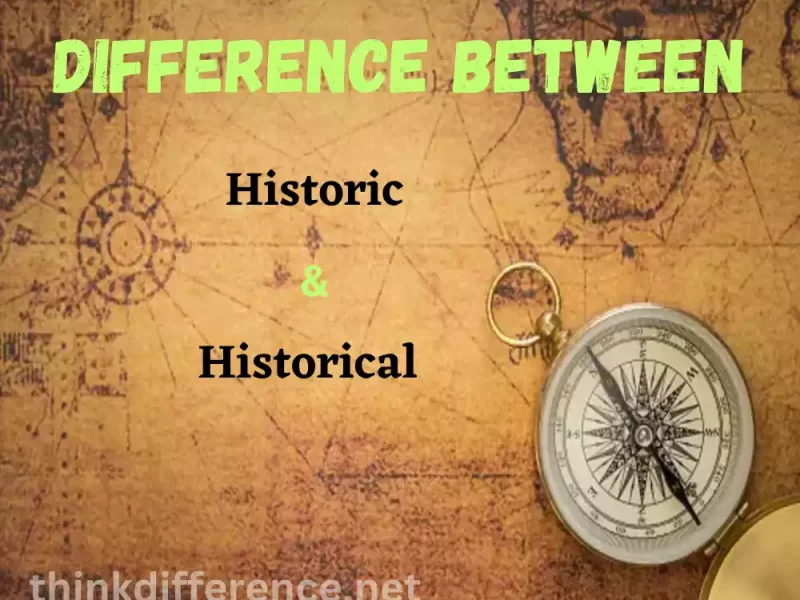Last and the Last refers to creating long-term, mutually-beneficial relationships through products or experiences. It involves crafting something that stands the test of time while remaining valuable through changes. Something beyond instant gratification but instead delivers lasting satisfaction and fulfillment.
Explanation of Last and the Last
“Last” and “the last” are terms used to denote the final or ultimate person, item or incident in any given sequence or group of activities. Although both terms share similar concepts and meaning, their specific uses vary considerably.

“Last” is primarily used as an adjective or an adverb to indicate the final occurrence or position in a series. As an adjective, it describes the ultimate or concluding item in a sequence. “The final chapter of a book” refers to its final chapter in chronological order. book. As an adverb, “last” indicates the most recent time or occurrence of something. For instance, “I saw him last week” means the person was seen in the week immediately preceding the present time.
On the other hand, “the last” is used with the definite article “the” to refer to a specific final item or entity within a particular group or category. It emphasizes the distinctiveness of the final occurrence or position. Example: “the last person in line” can refer to anyone at the tail end of an assembly of people waiting their turn in line.
The key distinction lies in the general versus specific reference. “Last” can be used without an article and has a broader application, referring to the final element in a sequence without specifying a particular item. In contrast, “the last” requires the definite article “the” and points to a specific final entity.
It’s worth noting that there are exceptions and idiomatic expressions where “last” and “the last” may overlap or have different connotations. Example: “Last but not least” is an often-heard expression emphasizing the significance of what might otherwise seem like the end part of any sequence or event – such as “the last straw”, which refers to something which causes negative outcomes or reactions in people or causes harm or discomfort to someone.
Understanding the nuances between “last” and “the last” is crucial for accurate and effective communication, as it enables clarity and precision in expressing the finality or order of items, people or events.
Importance of knowing the distinction between Last and the Last

Making the distinction between last and the last is key for effective communication and correct interpretation.
Here are some key reasons highlighting the importance of this distinction:
- Precision in Meaning: “Last” and “the last” have different meanings and implications. By understanding their distinctions, you can choose the appropriate term to convey your intended meaning precisely. By communicating clearly and avoiding miscommunications, this will ensure your message reaches its intended recipient without confusion or misinterpretations.
- Specificity and Identification: “The last” emphasizes a specific, identifiable final item, person, or event within a group or category. This specificity helps in situations where you need to refer to a particular occurrence or individual, making your communication more accurate and focused.
- Clarity in Narratives and Descriptions: Whether you’re writing a story, describing a sequence of events or providing instructions, using “last” or “the last” correctly adds clarity to your narrative. It helps the reader or listener understand the order, finality or significance of the mentioned elements.
- Grammatical Accuracy: Understanding the distinction between “last” and “the last” contributes to grammatical correctness. “The last” requires the definite article “the,” while “last” is used without an article. Incorrect usage of articles can lead to grammatical errors, so grasping this distinction improves your overall language proficiency.
- Interpretation of Texts: When reading texts, recognizing the difference between “last” and “the last” helps in comprehending the author’s intended meaning accurately. It enables you to identify specific elements within a series, understand the context and interpret the text more effectively.
- Professional Communication: In professional settings, using the appropriate term demonstrates attention to detail and a mastery of language. It enhances your credibility and ensures that your communication is precise, making you a more effective communicator.
- Academic Writing and Research: In academic writing or research, correctly using “last” and “the last” contributes to the clarity and coherence of your arguments. It helps to establish the chronology, significance or hierarchy of events, findings or references, thereby enhancing the quality of your work.
Understanding the distinction between “last” and “the last” is important for clear communication, accurate interpretation, grammatical correctness and effective storytelling. It enables precision, specificity and clarity in various contexts, making you a more proficient and articulate communicator.
Definition and Usage of Last
“Last” is an adaptable word that can serve multiple functions within any sentence – as an adjective, adverb verb or noun. Here is an exhaustive list of its many applications:
1. Adjective:
- “Last” refers to the final item or event in a sequence or series.
- Example 1: “Here comes the last piece of cake.”
- Example 2: “I just completed reading the final chapter in this book that I am reading.
- Example 3: “He is at the end of line.”
2. Adverb:
- As an adverb, “last” indicates the most recent time or occurrence of something.
- Example 1: “We saw him last night.”
- Example 2: “She called me last week.”
- Example 3: “I visited that place last summer.”
3. Noun:
- “Last” can also function as a noun, referring to the final position or occurrence in a series or event.
- Example 1: “I will strive for excellence even if it means my last.
- Example 2: “She crossed the finish line, coming in last.”
4. Verb:
- An extended duration. Verb “last” describes staying or continuing over an extended duration, typically several years or decades.
- Example 1: “The party lasted until midnight.”
- Example 2: “How long will the concert last?”
Usage of “Last”:
1. Ordering and Sequence:
- “Last” refers to the final part or step in an ongoing series.
- Example: “He is definitely someone I would least expect to find here.
2. Time References:
- “Last” refers to an event or date which occurred most recently in history.
- Example: “We had a great vacation last year.”
3. Position or Placement:
- “Last” can describe the ultimate or final position or place in a lineup, queue, or order.
- Example: “She was the last to arrive at the party.”
4. Duration:
- “Late” can refer to the duration or length of an activity or event.
- Example: “The concert lasted for three hours.”
It’s important to consider the context and usage when interpreting the meaning of “last,” as it can vary based on the specific sentence or situation.
Definition and Usage of “The Last”
“The last” is an expression that refers to an object, person or event within an arena that are at their conclusion in some regard, here’s an outline of this meaning:
1. Definite Identification:
- “The last” emphasizes a particular and identifiable final item, person, or event within a specified group or category.
- Example 1: “He was the last person to leave the room.”
- Example 2: “The last chapter of the book provides a surprising twist.”
2. Sequential Position:
- “The last” indicates the final position or occurrence within a series, order or sequence.
- Example 1: “She is the last student in line.”
- Example 2: “The last page of the document contains the author’s conclusions.”
3. Specificity:
- “The last” brings focus to a specific entity or occurrence, distinguishing it from others in the same group or category.
- Example 1: “I had the last piece of pie.”
- Example 2: “The last train of the day arrives at midnight.”
4. Restriction or Limitation:
- “The last” can imply that there are no further items, people or events remaining or available.
- Example 1: “This book has sold out completely.”
- Example 2: “Please ensure you take note that we’re on the last bus to the city!”
5. Exclusivity:
- “The last” can suggest that the entity or occurrence being referred to holds a special or significant position.
- Example 1: She had never expected him at her party.
- Example 2: “The last performance of the play received a standing ovation.”
It’s important to note that “the last” always requires the definite article “the” before “last,” distinguishing it from the general usage of “last” as an adjective or adverb. The context and specific sentence structure will determine whether “the last” is the appropriate phrase to use.
Difference of Last and the Last
The main difference between Last and the Last lies in their specificity and scope of reference. Here’s a breakdown of their distinctions:
1. Specificity:
- “Last” can refer to the final item, person or event in a series or sequence without specifying a particular one.
Example: “I ate the last cookie.” (Refers to any final cookie) - “The last” refers to a specific final item, person or event within a defined group or context.
Example: “I ate the last cookie on the plate.” (Refers to a particular cookie on the plate)
2. Article Usage:
- “Last” does not need an article and can be used on its own as either an adjective or adverb.
Example: “He was the last to arrive.” (No article used with “last”) - “The last” requires the definite article “the” before “last” to indicate a specific final item or occurrence.
Example: “He was the last person to arrive.” (Definite article “the” used before “last”)
3. General vs. Specific Reference:
- “Last” generally refers to the final item or occurrence, without specifying a particular one.
Example: “This will be the final book in this series” (referring to which book will serve as final but without specifying title) - “The last” refers to a particular final item or occurrence, highlighting its specific identity within a group or context.
Example: “This book in the series that I have been reading” (referring to one particular title from that series)
“Last” refers to any event or item at the end of an ordered sequence without specifying exactly who or what comes last, while “The Last” emphasizes an individual item or event within an established group by using its distinctiveness. The primary distinction is found by adding an definitive article before “Last”.
Common Confusions and Exceptions

1. Use of “the” with “last”:
- Though “last” typically does not require an article for emphasis or clarification purposes, there may be instances when using both terms together can help to add greater impact and detail to a statement or opinion.
- Examples: “He was definitely not who I expected to find here!” (To emphasize how unexpected and surprising their presence may have been).
2. Idiomatic expressions:
- Indistinct expressions containing “last” or “the last” could carry different interpretations as well as usage rules that vary between contexts.
- Example of “Last but not Least” as an Idiomatic Expression to Emphasize its Significance)
3. Context-dependent exceptions:
- The usage of “last” and “the last” can sometimes depend on the specific context, intent, or desired emphasis, leading to exceptions in their application.
- Example: “This is the last book I want to read.” (Referring to a specific book among others, despite using “the last”)
4. Regional or colloquial variations:
- The usage of “last” and “the last” can vary based on regional or colloquial language conventions. Some variations may exist in specific dialects or informal speech.
- Example: “He was the last one to leave the party, he was.” (Informal speech with repetition for emphasis)
Remembering these ambiguities and exceptions stems from the fluid nature of language, context-dependent applications, and use of idiomatic phrases. Being aware of general usage rules such as those associated with “last” and “the last” gives an excellent foundation. Being cognizant of exceptions enhances understanding and adaptability across diverse linguistic environments.
Conclusion
Understanding the distinction between “last” and “the last” is essential for effective communication and accurate interpretation. While “last” refers to the final item or occurrence without specifying a particular one, “the last” emphasizes a specific final entity within a defined group or context. The use of the definite article “the” before “last” in “the last” adds specificity and identifies a unique item, person or event.
This understanding ensures clarity, precision and avoids ambiguity in communication. There may be exceptions and idiomatic expressions that deviate from the general usage rules. Awareness of these exceptions and regional variations further enhances language proficiency and enables effective communication in diverse contexts.



